Be An Upstander: Educate Yourself
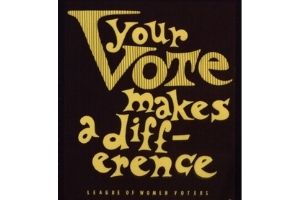
Registering to vote and knowing where your polling place is isn’t the end of voter education. Learning who and what will be on your ballot is an essential part of your responsibility of voting. Sometimes it may be easier to decide between candidates, especially in a race where there are only two and they are polar opposites, but many elections, especially local elections, aren’t so simple. As we talked about last time, Baltimore and Maryland are facing upcoming elections that have long lists of candidates to choose from, sometimes candidates who may seem to have the same opinions on issues that concern voters. So how do you find out what will actually be on your ballot, come election day, and how will you know who to choose? We’ve gathered some resources and information to help you with your decision.
In compiling this list, we looked for non-partisan and reputable resources. While news sources often provide very quick, updated, and easy to understand information, they may not be the most reliable in terms of bias and comprehensive learning. Make sure to look at lots of different sources when doing your voter education, to ensure you’re making the best decision for yourself.
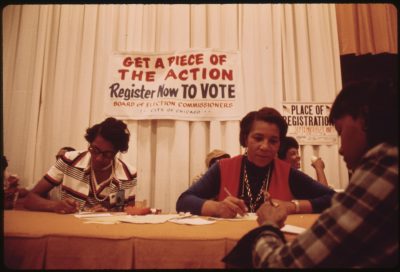
If you need help registering to vote, check out vote.org. This website provides information on your voter registration status, and how to register to vote in your state. They even have countdowns and reminders for upcoming elections, so you can’t forget your civic duty!
When figuring out what will be on your ballot, start with your State Board of Elections. As we talked about a couple weeks ago, your State’s website can help you with registration and voting. They also have ballots for upcoming elections, so you can check out exactly what you’ll see when you enter the voting booth or get your absentee ballot. This is a great resource for preparing to vote and for educating children about voting. If possible, you can print out a sample ballot and show kids how to fill it out, as an activity. Maybe set up a pretend voting booth for them to practice when they’re eligible to vote!
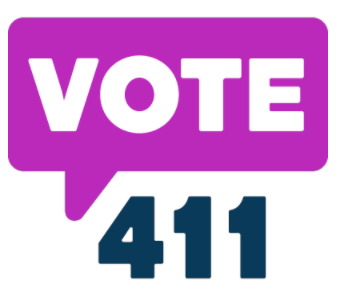
To find out more about who and what will be on your ballot, you can check out vote411.org. Using your address, this site shows you upcoming elections that you’re eligible to vote in and the races or issues that will be on your ballot. It also gives you some information about the candidates and issues on the ballot, even comparing candidates’ responses to their questions. Vote 411 also provides information on voter registration in your state, and you can use the site to check your registration status. One drawback is that not all candidates will respond to Vote 411’s questions, so it may not be comprehensive.
Another nonpartisan website is ballotpedia.org. This organization acts as an electronic encyclopedia (think Wikipedia) of voting information in the US, including what is on your ballot. You can also look at candidates’ election history, such as elections they have won or lost in the past, and some information about their political career. This website is a wealth of knowledge, but it can be a little tricky to navigate. However, if you’re looking for specific information about an upcoming election or candidate, they can be a great place to start.
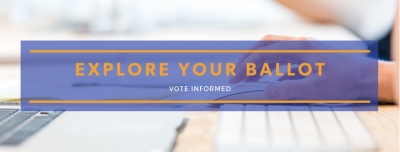
Finally, if you’re interested in specific candidates but want more information, you can always check out their candidate website and social media. Good candidates will engage regularly with their constituents, answering questions and sharing information about what is going on in their jurisdiction or of the position they wish to hold. Their website should feature what issues they feel most strongly about and even plans for how to change things to achieve their goals. Just remember that these websites and social media accounts are created to advertise the candidates, and so they are definitely partisan and may not provide all the information available. Be wise when checking these places out, and make sure to double-check any facts if you are considering a candidate.
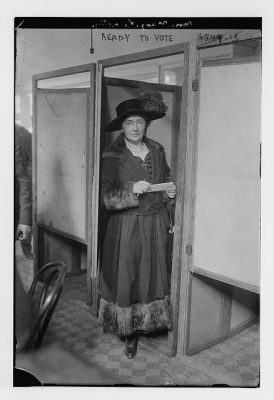
In addition to these resources, there are also debates, town halls, local news articles, and more ways to find information about candidates in upcoming elections. How do you find out reliable facts about candidates you vote for? What resources do you trust? Share them with us!

1 reply on “Be An Upstander: Educate Yourself”
There is certainly a lot to learn about this issue.
I love all the points you have made.